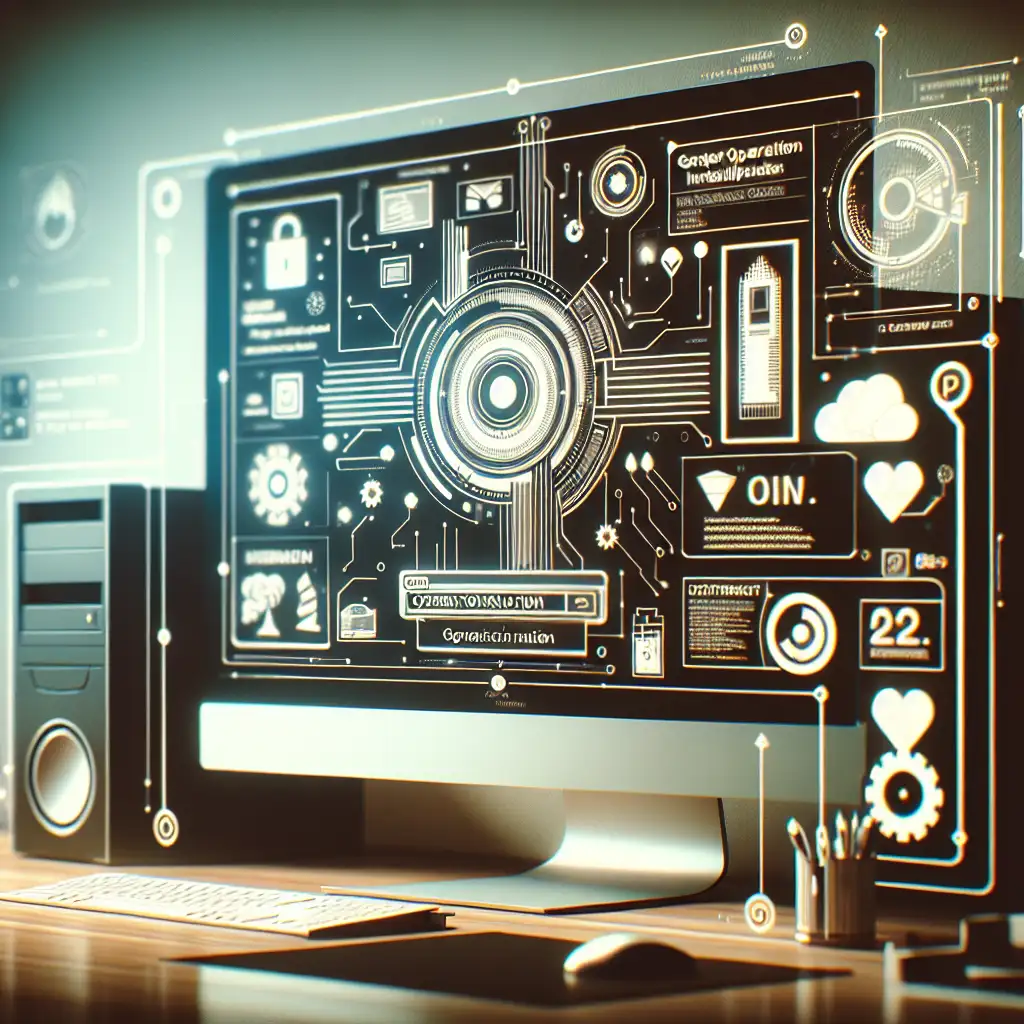Step-by-Step Guide: Installing Ubuntu Desktop for a Streamlined Linux Experience
Forget generic install guides loaded with fluff. This topic zeroes in on practical, hands-on steps that guarantee a smooth Ubuntu Desktop setup so you can skip the headaches and start working faster.
Ubuntu Desktop is one of the most user-friendly Linux distributions, making it an excellent choice for both beginners and seasoned IT professionals. Mastering its installation sets the foundation for efficient system management and customization.
In this easy-to-follow guide, I’ll walk you through every step — from downloading the ISO to completing the first reboot — so you can get your Ubuntu Desktop up and running without a hitch.
What You’ll Need Before Getting Started
- A PC or laptop compatible with Ubuntu (most modern machines work fine)
- A USB flash drive with at least 4GB capacity
- A stable internet connection (optional but helpful for updates)
- Ubuntu Desktop ISO file (download from ubuntu.com)
- Rufus or Etcher (software to create bootable USB drives)
Step 1: Download Ubuntu Desktop ISO
Head over to Ubuntu’s official website and download the latest Ubuntu Desktop ISO image. As of this writing, version 24.04 LTS is recommended for its long-term support, stability, and security updates.
Step 2: Create a Bootable USB Drive
Once your ISO is downloaded, the next step is creating a bootable USB drive:
-
Windows Users: Use Rufus (rufus.ie)
- Open Rufus
- Insert your USB drive
- Select “Disk or ISO image” and browse to your downloaded Ubuntu ISO
- Leave other settings default (Partition scheme: MBR for BIOS or GPT for UEFI)
- Click “Start” and wait until it completes
-
macOS/Linux Users: Use Etcher (balena.io/etcher)
- Open Etcher
- Select your Ubuntu ISO image
- Select your USB drive as target
- Click “Flash!” and wait until finished
Step 3: Boot From the USB Drive
With your bootable media ready:
- Insert the USB flash drive into the computer where you want to install Ubuntu.
- Restart the computer.
- Enter BIOS/UEFI by pressing keys like F2, F10, ESC or DEL during startup (consult your PC manual).
- Navigate to the boot order menu and set your USB drive as the first boot device.
- Save changes and exit BIOS; your system should now boot from the USB stick.
Step 4: Start the Ubuntu Installer
When the system boots from the USB, you’ll see options:
- Try Ubuntu without installing
- Install Ubuntu
- OEM install
- Check disc for defects
Select Install Ubuntu to begin.
Step 5: Choose Language & Keyboard Layout
Select your preferred language for installation prompts and keyboard layout.
Example: Choose English (US) unless you want a different layout.
Step 6: Prepare Installation
Next are basic setup steps:
- Updates & other software:
Choose whether to install normal installation (includes web browser, utilities, office software) or minimal installation (browser & basic utilities only). For most users, go with Normal installation.
Also check boxes for:
- Download updates while installing Ubuntu
- Install third-party software for graphics and Wi-Fi hardware
This ensures firmware updates and multimedia codecs are ready after installation.
Step 7: Disk Partitioning
You have options — if this is a dedicated machine, choose Erase disk and install Ubuntu, which handles partitioning automatically.
⚠️ Warning: This will delete all existing data on the selected disk — back up anything important first!
For more advanced users:
Choose Something else if you want custom partitions like separate /home or dual boot setups.
Example partitions for custom install:
| Mount Point | Size | Type | Format |
|---|---|---|---|
| / | At least 20GB | Primary | ext4 |
| swap | Equal to RAM size* | Swap area | N/A |
| /home | Remaining space | Logical | ext4 |
*Swap is less critical with SSDs but helpful if you have limited RAM (<8GB).
Step 8: Set Time Zone & User Details
Select your time zone either by clicking on the map or selecting from dropdown menus.
Create your user account:
- Your name
- Computer’s name
- Username (usually auto-generated)
- Password (make it secure but memorable)
- Decide whether to log in automatically or require password each login
Step 9: Installation Progress
Sit back while files are copied and configured. This usually takes around 10–20 minutes depending on hardware speed.
During this phase a slideshow displays more features of Ubuntu — feel free to glance through!
Step 10: Restart and Remove USB Drive
Once installation finishes, you’ll be prompted:
Installation complete! Please remove your installation media and press Enter.
Remove your USB stick then hit Enter to reboot into your brand-new Ubuntu desktop environment.
Congratulations! Your Ubuntu Desktop Is Ready to Use 🎉
From here you can start exploring apps like Firefox web browser, LibreOffice suite, terminal access for commands, software center for new apps, and much more.
Quick Tips After Installation:
- Open Terminal (
Ctrl + Alt + T) and typesudo apt update && sudo apt upgrade -yto ensure all packages are fully up-to-date. - Check out Ubuntu Software app to easily install new programs.
- Use
Settingspanel to customize appearance, Wi-Fi networks, printers etc. - Explore Snap store support for latest apps via command
snap find <appname>.
By following these practical steps closely, you’ve laid down a reliable foundation on an accessible Linux OS that’s perfect whether you're learning system administration or just want a secure daily computer setup without fuss.
Enjoy a streamlined Linux experience powered by Ubuntu Desktop! If you hit any snags along the way or want advanced customization advice — leave a comment below.
